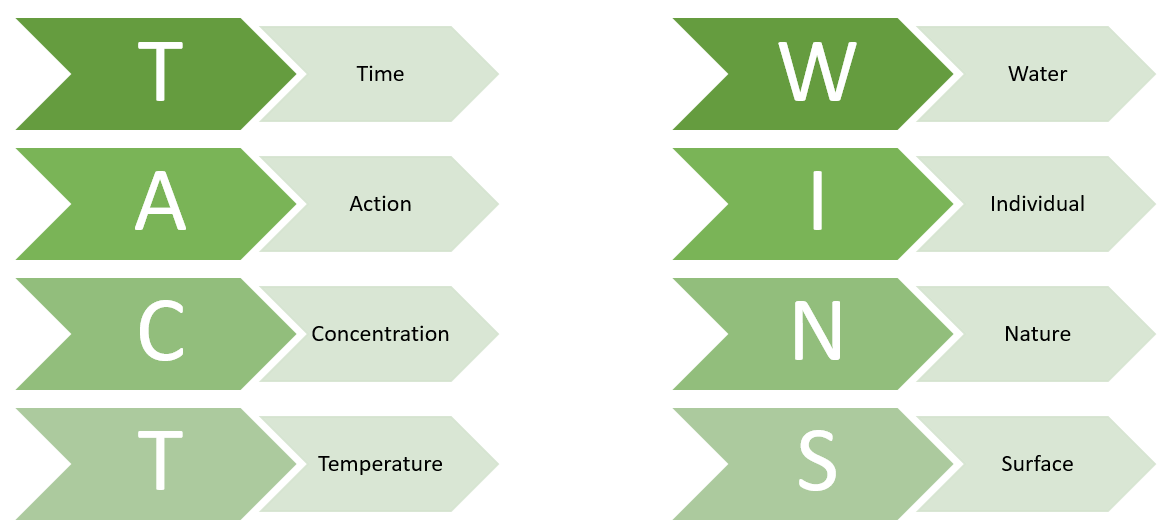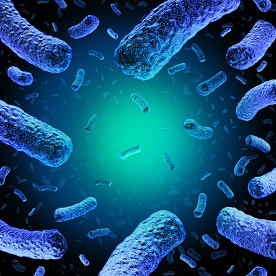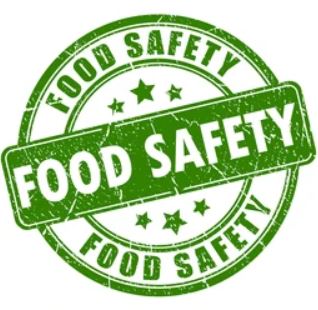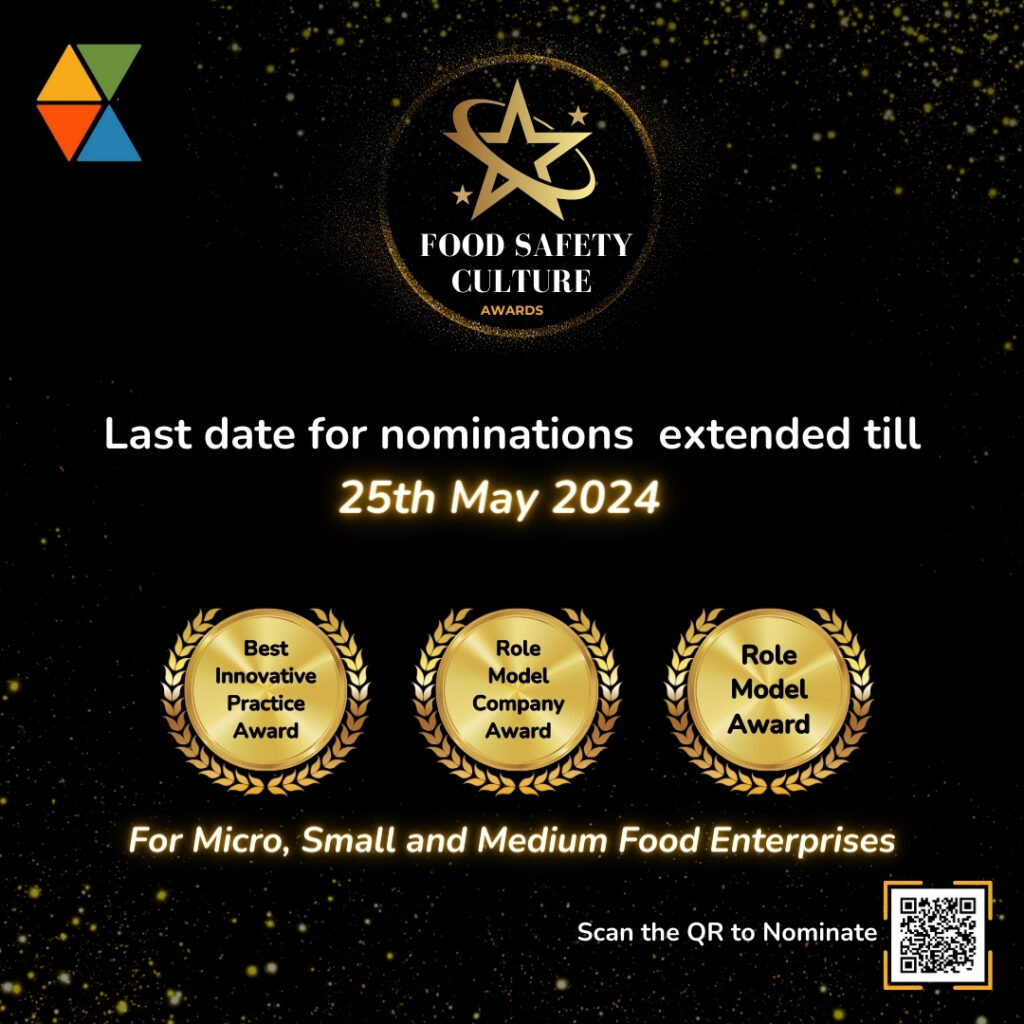Currently Empty: ₹0.00
Basics of Cleaning and Sanitization Process
The cleaning and sanitization process constitutes a necessity of Good Manufacturing Practices. The development of Hazard Analysis Critical Control Point (HACCP), and food safety standards of respective countries, industries, and consumers all play a role in safe food hygiene practices.
Several reports have shown that a large percentage of foodborne illness cases can be attributed to poor food safety, including poor personal hygiene and contamination of equipment and/or environments. Before developing a cleaning and sanitization system we need to understand the basics of the process.
Definition of sanitation, cleaning, and sanitization:
The words cleaning, sanitization, and sanitation are used sometimes interchangeably but technically speaking they have different meanings.
Sanitation refers to the whole process of following a specific set of rules and procedures to prevent contamination of food and keep it safe to eat. Different countries have their own sanitation rules and regulations created by public health agencies. Cleaning and sanitization are part of this whole process.
Cleaning is the removal of unwanted residue (commonly called soil) from production equipment and production areas. Removing the soil reduces the number of microbes and other physical debris that can contaminate the future production of food.
Sanitization is the treatment of a clean surface with a chemical or physical agent or heat to reduce the microbial load that causes disease and spoils the food to a limit that will be considered unsafe for public health.
Factors affecting the cleaning and sanitization process There can be several ways to clean and sanitize equipment. These include the use of CIP, COP, high-pressure techniques, etc. No matter what technique you choose, there are a few factors that are required to be considered for ensuring effective cleaning and sanitization. These factors are collectively summarized using the acronym TACT WINS. All these factors are interchangeably responsible for making the process successful.

- Time: The time required for thorough cleaning depends on many factors including, but not limited to, the method of cleaning, the soil, and the type of equipment. The longer time a chemical is in contact with the equipment surface, the more effective the full process is, but there is a limit which is set for every chemical by the manufacturer which should be kept in mind while using it.
- Action: The process of removing the soil and microbial load with heat, mechanical force, or high-pressure water.
- Concentration: Generally, the activity of a chemical increases with increased concentration but there is a common misconception regarding chemicals is that “more quantity is better.” Using chemicals concentrations above manufacturer recommendations does not provide better results and it can also lead to corrosion of equipment and surfaces which can lead to other food safety issues.
- Temperature: Temperature affects the efficacy of the cleaning chemicals being used. Each cleaner has an optimum temperature range at which it should be used.
- Water: The first step while cleaning is rinsing the surface with water to remove the loose soil/ dirt. The hardness of water plays a very important role when selecting a cleaning chemical. To select the perfect cleaning agent the water must be analyzed for its hardness.
- Individual: It is important that the person who is responsible for the cleaning process must have undergone proper training on every cleaning procedure that he/ she is conducting.
- Nature: Cleaning procedure requirements depend on what products are being manufactured in the plant. There are five basic kinds of soils the food industry must deal with: fats/grease, proteins, minerals, sugars, and complex carbohydrates.
- Surface: The material of which the equipment is made up also affects the choice of the cleaning process. The most common ones are stainless steel, plastic, rubber, other metal, etc.
Designing a cleaning and sanitization process
There are various steps used in the development of the Cleaning and Sanitization Process:
Step 1: Gather key information
- What method of cleaning and sanitizing is required?
- for clean-in-place (CIP), equipment is cleaned in-line system
- for clean-out-of-place (COP), equipment is disassembled for hand cleaning
- Manual-cleaning
Who?
- Identify personnel that will be responsible for cleaning and sanitizing activities
Where?
- Identify each area required to be cleaned and sanitized
When?
- Choosing the frequency of chemicals based on the area, type of equipment, surfaces, and structures. For instance, will cleaning and sanitization be done daily, weekly, monthly, yearly, or at another frequency?
How?
- Provide details on how the cleaning and sanitizing are to be performed.
- Identify procedures to be followed to make sure that food or food contact surfaces are not left with chemical residues.
Step 2: Validation of process
- Examine if the method chosen to clean and sanitize is suitable for the specific equipment and how it affects the entire process.
- Examine if the chemicals chosen for that area are reducing the residue and microbial load; Analytical (Chemical and microbiological) methods are used to determine residual and contaminants. According to FDA, Samples can be collected in two methods: Direct swab sampling or Rinse samples.
- Examine if the frequency set in the process is satisfactory according to company standards.
Determine whether the training provided to the person is enough to follow the procedure.

Five-step process of cleaning and sanitization

Step 3: Develop records
Cleaning and sanitizing activities should be recorded on a document approved by the firm
- Who is responsible for the cleaning and sanitizing?
- Chemicals used, solution temperatures, chemical concentrations.
- Frequency of the process.

Step 4: Implement the process
Training people on safety aspects related to chemical handling well as procedures involved in the sanitation process reduces health and safety risks and helps ensure that procedures are properly followed. Once the Sanitation Process has been determined to be effective, people involved in the process of sanitation should be trained to perform their assigned duties, you are now ready to put your process to work.
Step 5: Verification of the process
Verification is defined as the process to determine whether the already validated process is effective and produces consistent results. The following data can be used:
- Post-sanitation/pre-sanitation inspection data.
- Pre-operational checks.
- Environmental pathogen monitoring data.
Conclusion Food can become contaminated with pathogenic microbes and cause severe illness to those working around or being served. Developing the sanitation process can seem like a lengthy process for the organization but it is a step that will make sure that the risk to the public health is reduced significantly and it will save the company from a costly recall.








